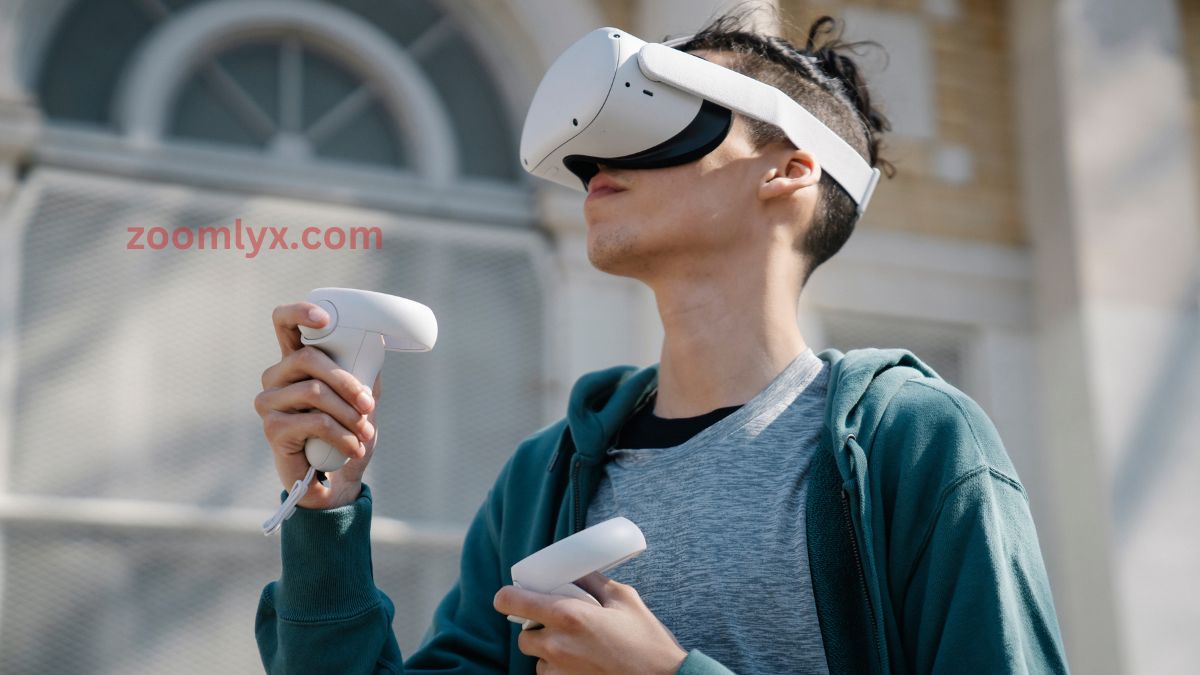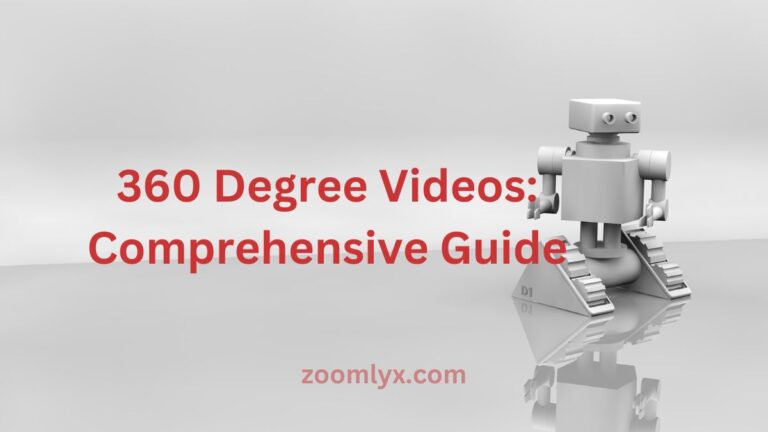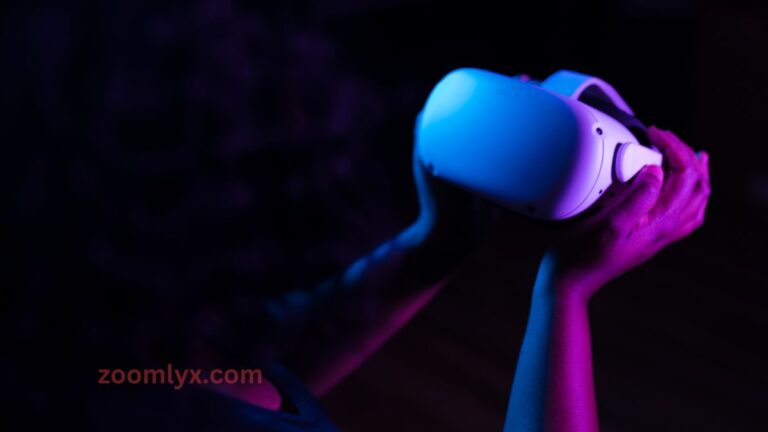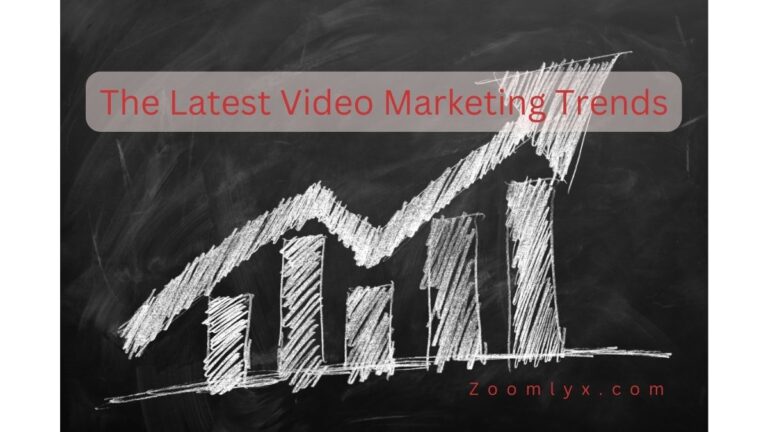Virtual Reality in Marketing: A Revolution in Consumer Engagement
The world has experienced the awe of virtual reality (VR). A technology once relegated to the realms of gaming has stormed into various industries, especially marketing. Imagine stepping inside a brand’s story, feeling its essence, and interacting with its core values. That’s the power of virtual reality in marketing.
Historical Context
The VR journey began in the late 1960s with Morton Heilig’s Sensorama, a vision of interactive cinema. But it was in the 2010s, with Oculus Rift’s development, that VR gained mainstream traction. PwC predicts the VR content market could be worth $15 billion by 2025.
Why Virtual Reality?
Our world thrives on experiences. VR transcends traditional marketing, offering immersive experiences that resonate on an emotional level. Instead of telling consumers about a product, brands can let them “live” it.
“Virtual reality represents a new age of storytelling; It’s a new way for humans to communicate experiences to each other.”
– Chris Milk, an immersive storyteller
Benefits of VR in Marketing
Engagement & Retention
In an age of dwindling attention spans, VR comes as a savior. Brands leveraging VR report significantly higher engagement. For instance, Toms Shoes used VR to transport users to remote villages, showing their shoe donation efforts. The result? A 40% increase in sales in-store.
Data & Insights
Consumer behavior metrics in a virtual environment? Yes, please! Companies like Neuro-Insight offer brain-imaging tech to gauge user reactions in real-time.
Sales & Conversions
Imagine test-driving a car from the comfort of your living room. Audi’s VR experience allows just that. Such VR endeavors have seen a spike in conversion rates by an impressive margin.
Brand Awareness & Loyalty
Loyalty arises from unique experiences. When Volvo offered a virtual test drive of its XC90 SUV, the brand saw a dramatic surge in online user engagement.
Implementing VR into Marketing Strategies
Interactive Content Creation
Interactive 360-degree videos? Check. Brands like The North Face transport users to the Yosemite National Park, offering an unmatched experience of adventure.
Consumer Research & Feedback
Leveraging VR for product feedback is genius. IKEA’s virtual store enables users to explore furniture setups and provide real-time feedback.
Virtual Events & Product Launches
Virtual events are all the rage now. Companies like Apple use augmented reality to launch new products, making audiences feel they’re at the heart of the event.
Training & Onboarding
Ever thought of training employees using VR? Walmart did. They’ve incorporated VR to train their workforce, ensuring a more interactive onboarding process.
Challenges and Considerations
Technology & Accessibility
Not everyone owns a VR headset. Thus, while VR offers a transformative marketing avenue, it can alienate a segment of the demographic.
Cost Implications
VR’s not cheap. Small businesses might grapple with ROI calculations when thinking of diving into the VR world.
Content Creation & Maintenance
Regular updates are crucial. Brands must ensure that VR content stays fresh and relevant, which can be resource-intensive.
Data Privacy & Security
Diving into VR means delving deep into user data. Brands must navigate this responsibly, ensuring user trust isn’t compromised.
Case Studies: Success Stories in VR Marketing
Automotive: Audi isn’t alone. Jaguar, Toyota, and more have embraced VR to offer users an unparalleled test drive experience.
Fashion: Topshop, during London Fashion Week, provided a VR front-row experience. The result? A 50% increase in customer engagement.
Tourism: New Zealand’s tourism board, in a bid to boost tourism, launched a VR campaign. Users could skydive, sail, and even attend local concerts – all virtually.
Real Estate: Companies like Sotheby’s provide virtual home tours, letting potential buyers “feel” a property without actually visiting it.
The Future of Virtual Reality in Marketing
The horizon seems bright for VR. As AR and MR technologies mature, the blend will craft unique consumer experiences. The coming years might see consumers not just experiencing products but perhaps even crafting their personalized versions.
Conclusion
The dawn of a new marketing era is here. Brands ready to immerse, engage, and innovate are bound to ride the VR wave successfully. It’s no longer just about reaching consumers. It’s about transporting them.






